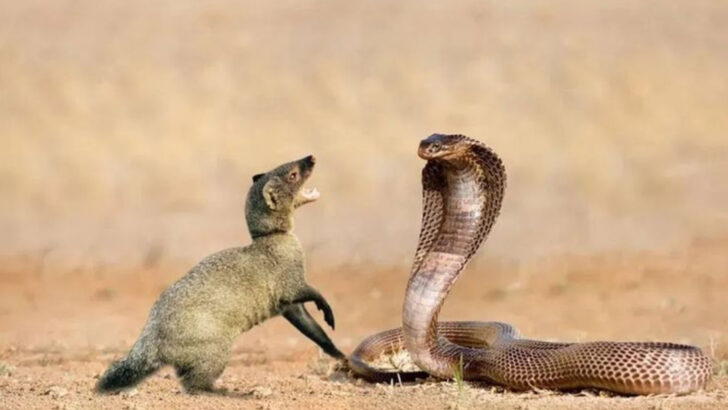Snake venom can kill in minutes. Unless you’re one of these animals. Some creatures don’t just survive bites from deadly vipers—they shake it off like it’s a bee sting. King cobras? Rattlesnakes? Bring it on. Their blood, muscles, and nerves have built-in shields that make them practically invincible. No antivenom. No hospital. Just pure biological defiance. From fearless mammals to surprisingly chill birds, these 13 animals walk, slither, or fly away from venom that would drop a human in seconds. It’s not magic—it’s evolution at its boldest.
Mongoose
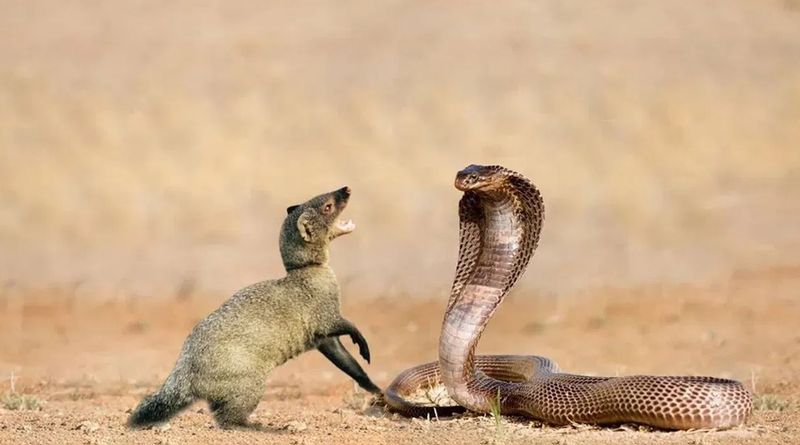
Known for its agility and fearless nature, the mongoose has evolved to withstand venom from cobras. With specialized acetylcholine receptors, it evades the paralyzing effects of the venom. This remarkable adaptation allows the mongoose to hunt and eat snakes without succumbing to their deadly bites.
Interestingly, these small mammals are often seen as nature’s snake charmers. Their quick reflexes and daring tactics make them formidable opponents for even the most venomous snakes. The mongoose exemplifies the delicate balance of predator and prey in the wild.
Hedgehog
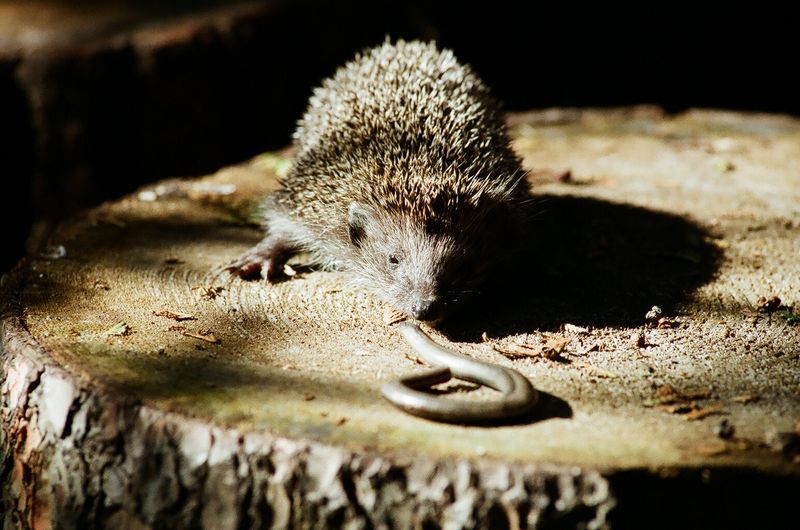
With a coat of sharp spines, the hedgehog seems like a creature out of a fairy tale. But what makes it truly fascinating is its partial immunity to snake venom. An ancient protein in its body neutralizes certain toxins, offering protection against snake bites.
Hedgehogs aren’t just cute; they’re nature’s little warriors. Their ability to survive encounters with vipers showcases a unique evolutionary path. While they prefer to avoid confrontation, their defensive capabilities are second to none. These creatures embody resilience in the animal kingdom.
Opossum
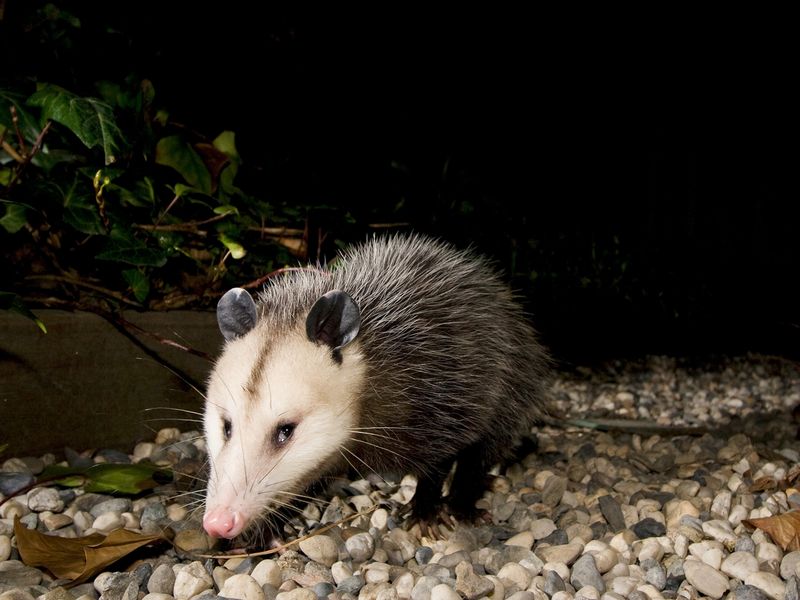
In the quiet of night, the opossum prowls with surprising immunity to venom. Its body produces a peptide that neutralizes toxins from snakes like rattlesnakes. This adaptation not only aids in survival but grants the opossum an unusual resilience.
Beyond its immunity, the opossum plays dead to evade predators, proving that nature’s ingenuity knows no bounds. Often underestimated, this marsupial’s venom resistance is a testament to the unexpected wonders of evolution. With each step, the opossum defies nature’s odds.
Honey Badger
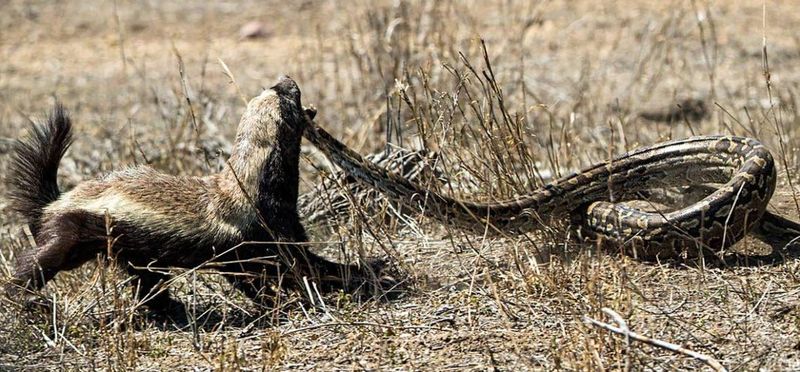
Famed for its fearless disposition, the honey badger boasts an immunity to snake venom that matches its audacious reputation. This resilience allows it to feast on some of the world’s most venomous snakes.
The honey badger’s thick skin and robust immune system are its formidable allies. Unfazed by threats, it embodies a spirit of untamed tenacity. This creature’s daring exploits across the savanna capture the essence of survival against the odds. The honey badger’s story is one of courage and defiance.
Pig
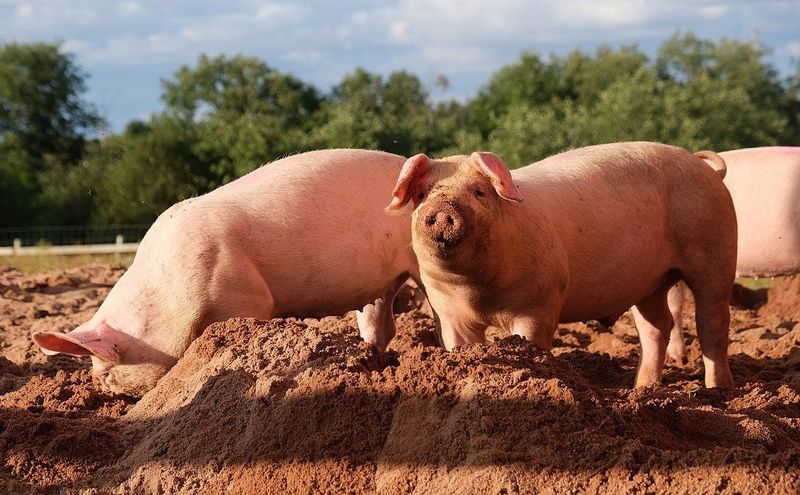
Surprisingly, pigs have a partial resistance to snake venom, thanks to a natural tolerance developed over generations. This trait, combined with their thick skin, makes them less susceptible to venomous bites.
Pigs, often seen as simple farm animals, hide a surprising resilience. Their ability to withstand certain venomous encounters adds a layer of intrigue to their character. This unexpected trait highlights the pig’s adaptability and the subtle complexities of domesticated animals.
Secretary Bird
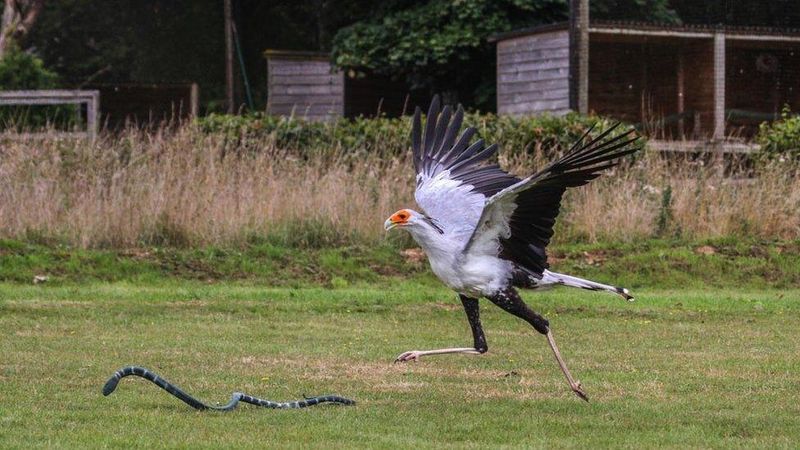
With striking plumage and long legs, the secretary bird is more than just a visual marvel. It possesses a resistance to snake venom, enabling it to prey on snakes with calculated precision.
This bird’s unique hunting technique involves stomping on snakes to subdue them. Its long legs offer not only reach but protection, allowing it to tackle dangerous prey. The secretary bird’s elegance and lethal efficiency make it a notable figure in the avian world, blending beauty and fearlessness.
Honeybee
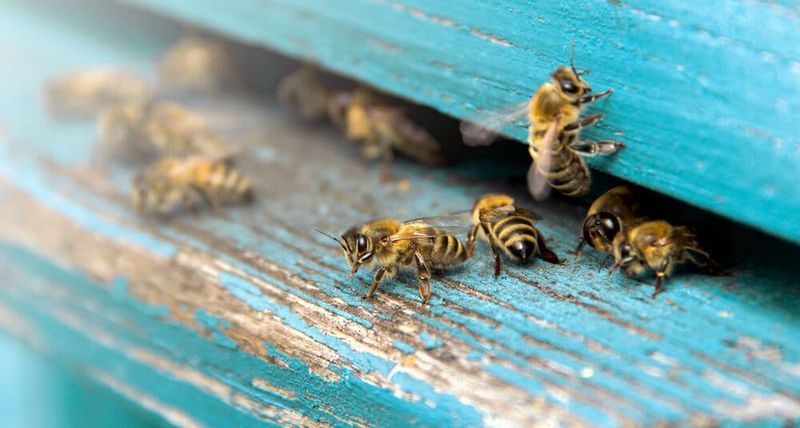
Though small, the honeybee is a giant in terms of adaptation. It possesses enzymes capable of neutralizing venom from its own kind. This internal defense mechanism protects the hive from invaders and rogue bees.
Their buzzing colonies are a symphony of cooperation. Each bee contributes to the hive’s resilience, showcasing nature’s intricately woven fabric. The honeybee’s ability to withstand venom exemplifies the complex interplay between survival and community in the insect world.
Skunk

Famed for its potent spray, the skunk also enjoys a degree of venom immunity. This carnivorous mammal’s evolutionary path has equipped it with resistance to snake venom, thus enhancing its survival.
Skunks are nature’s paradoxes, combining offense with defense. Their immunity complements their ability to deter threats with a noxious spray. Despite their reputation, skunks are an integral part of the ecosystem, balancing bravado with vulnerability.
King Cobra
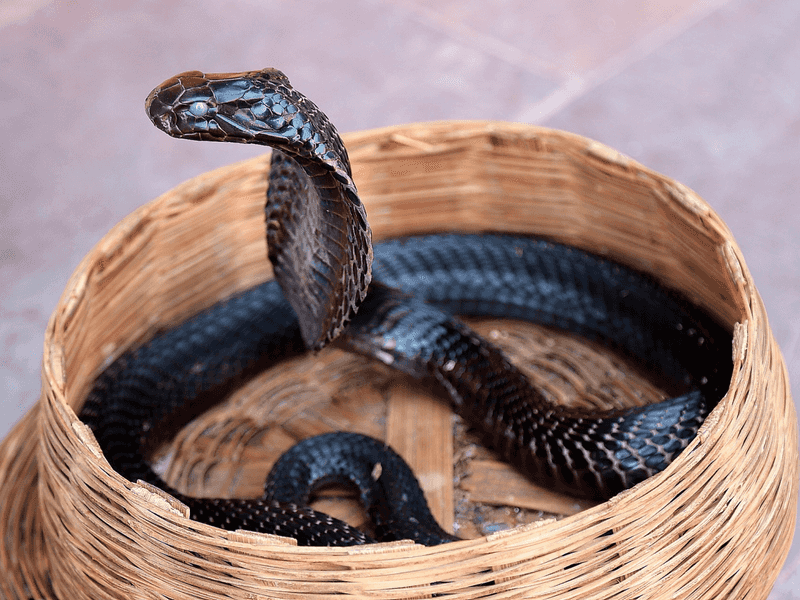
The king cobra, a master of its domain, is immune to the venom of other snakes. This allows it to prey on them without fear. Its mastery over its environment is both awe-inspiring and formidable.
This towering serpent controls its territory with precision. As both predator and sovereign, it commands respect and intrigue. The king cobra’s immunity is a testament to its status as the ruler of the reptilian realm, commanding both fear and fascination.
Eel

Slithering through the ocean’s labyrinth, the moray eel is unfazed by venomous threats. This slippery predator is immune to toxins from venomous fish, offering it a distinct advantage in the marine world.
Eels are the sea’s shadowy hunters, navigating with stealth and precision. Their immunity allows them to exploit niches others cannot, a silent testament to nature’s adaptability. In the vibrant underwater realm, eels exhibit grace and cunning, embodying aquatic resilience.
Raccoon
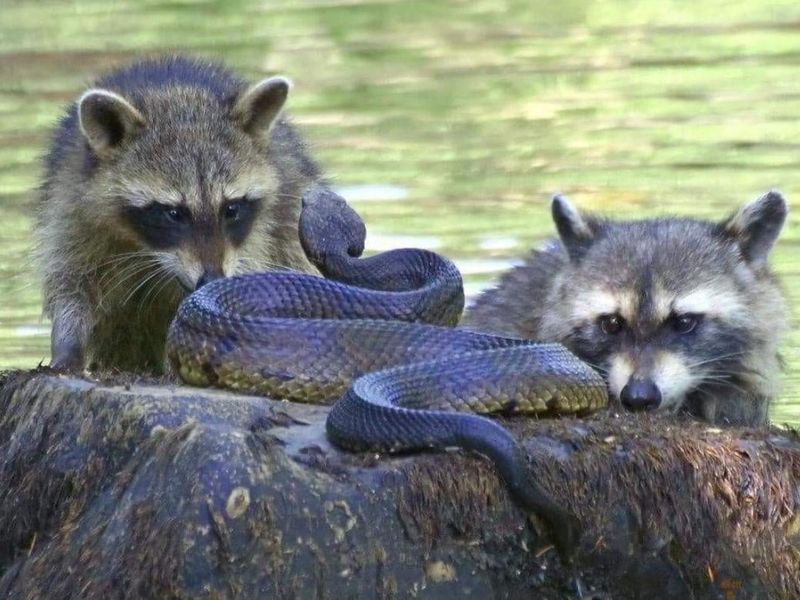
With its masked face and dexterous paws, the raccoon is an unsuspecting contender with venom resistance. Certain peptides within its system offer protection against snake venom, enhancing its survival in varied environments.
Raccoons are nocturnal wanderers, their resilience manifesting in urban and rural settings alike. Their immunity complements their resourceful nature, allowing them to navigate the world with curiosity and caution. The raccoon’s adaptability and charm are enduring.
California Ground Squirrel
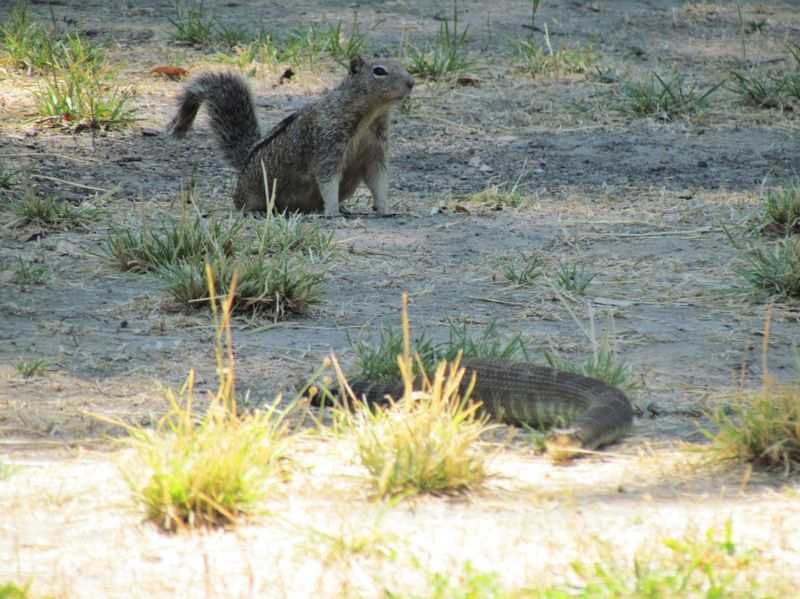
The California Ground Squirrel, with its cheeky antics, is a master of adaptation. Found along the western coast of the United States, this small mammal has developed a resistance to rattlesnake venom. How does it achieve this? By evolving blood proteins that neutralize the toxins.
Living in arid environments, these squirrels often encounter venomous snakes. Their resistance isn’t perfect, but it significantly increases survival chances. They even use their tails to mimic snakes, confusing predators. Remarkably, this evolutionary trait highlights their resilience and ingenuity in the wild.
Shrew
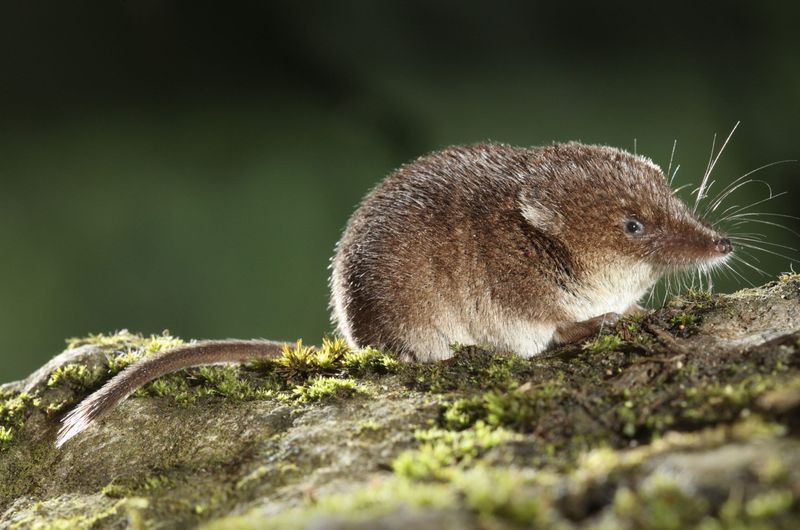
The shrew may be small, but it’s a powerhouse of survival. Among its many talents, the shrew possesses a unique resistance to snake venom. This tiny mammal, often found scurrying through dense underbrush, produces proteins in its body that can counteract venomous attacks.
This resistance is particularly useful in habitats teeming with predatory snakes. Despite its size, the shrew’s adaptability makes it a formidable survivor. Interestingly, the venom of some shrews is potent enough to subdue small prey, showcasing nature’s dual use of venom as both offense and defense.

